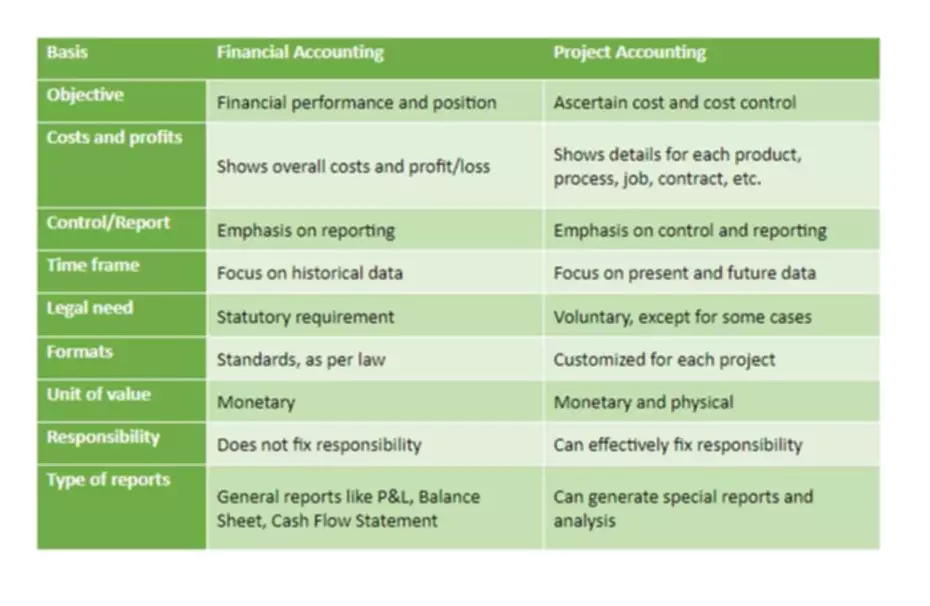Content

However, users of activity based costing indicated their systems were more adequate than traditional systems in providing useful information for performance evaluation and cost reduction. At this point, we have identified the most important and costly activities required to make products, and we have assigned overhead costs to each of these activities. The next step is to find an allocation base that drives the cost of each activity. The causes for incurrence of overhead costs are known as cost drivers.
- Some measure of cost apportionment may still be required at the cost pooling stage for items like rent, rates and building depreciation.
- Activity-based costing is a system you can use to find production costs.
- The benefits can be derived by translating the system design and its operation into action-oriented managerial performance.
- These traditional costing systems are often unable to determine accurately the actual costs of production and of the costs of related services.
- Ascertaining the product profitability and customer profitability, the ABC method has contributed effectively for the top management’s decision-making process.
- In contrast, for the luxury product, manufacturing overhead costs based on labor hours were higher when compared to the activity-based approach.
The implementation of an ABC Costing system offers you greater control of your organization’s costs. This methodology develops tracing and allocation models that identify the allocation of costs related to each activity with precision as well as how they affect your company’s profitability. A series of advantages come from a company’s implementation of ABC costing which go beyond the accuracy of the definition of the allocation of costs of products, services, clients and channels. Prior to the ABC introduction in 2001, Xu Ji operated a traditional Chinese state-enterprise accounting system. Accounting was driven predominantly by external financial reporting purposes, and inaccuracy of product costs became inevitable.
Activity Based Costing – Meaning
Resources are assigned to activities and activities to cost objects. Over the past 15 years, activity-based costing has enabled managers to see that not all revenue is good revenue and not all customers are profitable customers.

https://www.bookstime.com/ing loans includes activities such as meeting with customers, reviewing customer applications, and running credit reports. The entry to record this allocation—whether it involves one rate or multiple rates—is the same. Identify activities and drivers – Determine what drives what activity. ABC is based on George Staubus’ Activity Costing and Input-Output Accounting.
Activity Based Costing – Absorption of Overhead Expenses
And now we know across the production of both product lines, we’re going to make 360 supplier orders (200 for A + 160 for B). We are told that we place one supplier order for every batch of Product A produced.
- Examples of duration drivers are set-up hours and inspection hours.
- For example, PCB Ltd. is manufacturing circuit board for computer monitor, TV and aeroplane.
- This enables resources and overhead costs to be more accurately assigned to the products and the services that consume them.
- However, users of ABC indicated their systems were more adequate than traditional systems in providing useful information for performance evaluation and cost reduction.
- The number of activities in the organisation should neither be too large or too small.
- An activity is an event, task or unit of work with a specific purpose, whether it be designing products, setting up machines, operating machines or distributing products.
Activity-based costing was later explained in 1999 by Peter F. Drucker in the book Management Challenges of the 21st Century. He states that traditional cost accounting focuses on what it costs to do something, for example, to cut a screw thread; activity-based costing also records the cost of not doing, such as the cost of waiting for a needed part. Activity-based costing records the costs that traditional cost accounting does not do. Efficient distribution of products to consumers is a major task for any entity. Organizations use distribution channels like retail, e-commerce, wholesalers and distributors, etc. In the distribution of products through any of these channels, an overhead is involved in maintaining the channel. So, with the help of ABC, the company can determine which form of distribution channel and how much it costs, and on that, decisions can be made to determine which type of channel is profitable and which is not.
Calculate Product Margins
DETERMINE PER-ACTIVITY ALLOCATION RATES — Once costs for each activity have been determined, it is then necessary to unitize the cost pool. For example, if the catalog preparation activity cost pool contained $500,000 and 200,000 catalogs were produced, then the allocated catalog cost would be $2.50 each.
- ABC enables effective challenge of operating costs to find better ways of allocating and eliminating overheads.
- A tech support department has been established to help customers download music to their devices.
- That means every time we make a batch of Product A, we make 400 units each time.
- The ink and maintenance on the printers would be considered an indirect cost.
- Though it focuses on the accounting side, it also impacts financing and identifying inefficient processes for a company.
- Using this activity-based costing system will give management a more accurate product cost.
For example, what object should bear the cost of landscaping the corporate office? Suffice it to say that the cost allocation decisions can be contentious, and some costs may never find a logical home. In this way, various “volume” drivers such as direct labor hours, machine hours and raw material allocation of costs are used as criteria to assign overhead costs. Note that these rates are lower than those estimated using traditional ABC methods (see again the exhibit “Doing ABC the Traditional Way”). The reason for this difference becomes obvious when we recalculate the quarterly cost of performing the customer service activities.
Labor Hours vs. Activity-Based Approach
CGMA is the most widely held management accounting designation in the world with more than 137,000 designees. It was established in 2012 by the AICPAandCIMAto recognise a unique group of management accountants who have reached the highest benchmark of quality and competence.
